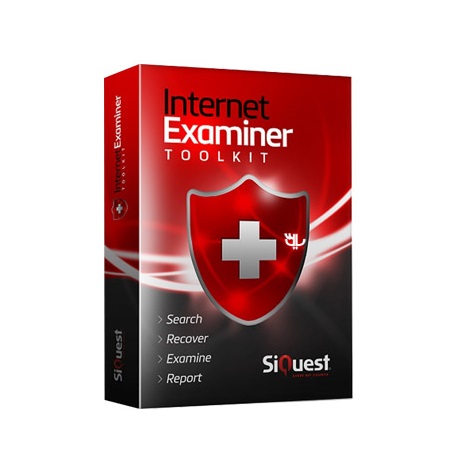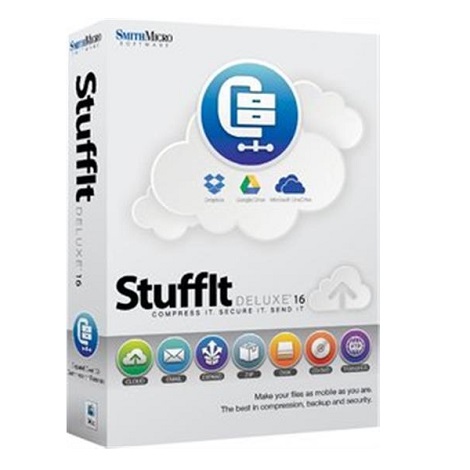GLEAMviz Simulator 6.7 is a disease and epidemic simulation tool along with complete control over the vectors. This free download is the standalone setup of GLEAMviz Simulator for Windows 32-bit and 64-bit.
GLEAMviz Simulator 6.7 Overview
GLEAMviz Simulator stands as an advanced and versatile Windows software designed for epidemiological modeling and simulation. Developed by the GLEAMviz team, this simulator provides a comprehensive platform for researchers, epidemiologists, and policymakers to analyze and simulate the spread of infectious diseases in populations.
A standout feature of the GLEAMviz Simulator is its flexible modeling framework. This flexible modeling framework feature allows users to construct complex epidemiological models, considering various factors such as demographics, mobility patterns, and disease parameters. The flexible modeling framework feature is crucial for researchers who need to tailor models to specific diseases or study scenarios.
The software excels in offering a user-friendly graphical interface. This user-friendly graphical interface feature ensures that users, even those without extensive programming experience, can easily navigate and interact with the simulator. The user-friendly graphical interface feature facilitates accessibility, enabling a broader audience to engage in epidemiological modeling.

An essential aspect of the GLEAMviz Simulator is its real-time simulation capabilities. This feature allows users to observe and analyze the simulated spread of diseases in real-time, providing insights into the dynamics of outbreaks. The real-time simulation capabilities feature is invaluable for decision-makers who need to assess the potential impact of interventions and make informed public health decisions.
For users focused on data analysis and visualization, GLEAMviz incorporates a data analysis and visualization toolkit. This feature enables users to analyze simulation results, generate statistical summaries, and create visualizations to communicate findings effectively. The data analysis and visualization toolkit feature enhance the simulator’s utility in research and communication.
To facilitate collaboration and knowledge sharing, the software includes a scenario management system. This scenario management system feature allows users to save and share scenarios, promoting collaboration among researchers and enabling the reproduction of studies. The scenario management system feature is essential for building upon existing research and fostering a collaborative research environment.
In addition to its modeling capabilities, GLEAMviz Simulator emphasizes continuous updates and support. This commitment ensures that the software evolves with the latest advancements in epidemiological modeling, incorporating new features and addressing emerging challenges. The continuous updates and support feature enhance the longevity and relevance of the simulator in the field of infectious disease modeling.
Features
- GLEAMviz Simulator: An advanced and versatile Windows software designed for epidemiological modeling and simulation.
- Flexible Modeling Framework: Stands out with a flexible modeling framework feature, allowing users to construct complex epidemiological models tailored to specific diseases, demographics, mobility patterns, and other relevant factors.
- User-Friendly Graphical Interface: Excels with a user-friendly graphical interface feature, ensuring ease of navigation and interaction, making the simulator accessible even to users without extensive programming experience.
- Real-Time Simulation Capabilities: Features real-time simulation capabilities feature, enabling users to observe and analyze the simulated spread of diseases in real-time for insights into outbreak dynamics.
- Data Analysis and Visualization Toolkit: Incorporates a data analysis and visualization toolkit feature, empowering users to analyze simulation results, generate statistical summaries, and create visualizations for effective communication of findings.
- Scenario Management System: Includes a scenario management system feature, allowing users to save and share scenarios, fostering collaboration among researchers and enabling the reproduction of studies.
- Continuous Updates and Support: Commits to continuous updates and support feature, ensuring the software evolves with the latest advancements in epidemiological modeling, incorporating new features and addressing emerging challenges.
- Demographic Integration: Enhances modeling accuracy with demographic integration feature, allowing users to incorporate detailed demographic data into simulations for a more nuanced understanding of disease dynamics.
- Spatial Modeling: Introduces spatial modeling feature, enabling users to model disease spread in specific geographical locations, catering to scenarios where spatial considerations are critical.
- Intervention Strategies: Incorporates intervention strategies feature, allowing users to simulate and evaluate the impact of various intervention measures, aiding in the formulation of effective public health strategies.
- Agent-Based Modeling: Prioritizes agent-based modeling feature, providing users with the ability to model individual agents within populations, capturing detailed interactions and behaviors.
- Epidemiological Parameter Customization: Offers epidemiological parameter customization feature, allowing users to fine-tune parameters such as transmission rates, latent periods, and recovery times for accurate modeling.
- Network Modeling: Facilitates network modeling feature, allowing users to model disease spread within interconnected networks, relevant in scenarios where social interactions play a crucial role.
- Model Validation Tools: Enhances model reliability with model validation tools feature, providing tools for users to validate their models against real-world data and improve model accuracy.
- Scenario Sensitivity Analysis: Enables scenario sensitivity analysis feature, allowing users to assess the impact of variations in parameters and assumptions on simulation outcomes.
- Educational Resources: Includes educational resources feature, offering resources and documentation to support users in learning and mastering the simulator’s capabilities.
- Multi-Language Support: Ensures inclusivity with multi-language support feature, offering the software in various languages to cater to a diverse user base.
- Collaborative Simulation Environment: Facilitates collaboration with a collaborative simulation environment feature, allowing multiple users to work on and contribute to simulations concurrently.
- Publication and Citation Tools: Provides tools for publication and citation, allowing users to easily cite the simulator and share their research findings in academic and scientific publications.
- Cross-Platform Compatibility: Offers cross-platform compatibility feature, allowing users to use the simulator seamlessly on different Windows operating systems for enhanced flexibility.
System Requirements for GLEAMviz Simulator 6.7
Before you download GLEAMviz Simulator, make sure that your system meets the given requirements
- Operating System: Windows XP/Vista/7/8/10
- Free Disk Space: 500 MB of minimum free space required
- Installed Memory: 512 MB of minimum RAM required
- Processor: Single Core Processor or higher
Download GLEAMviz Simulator Latest Version Free
Click on the below link to download the standalone setup of GLEAMviz Simulator 6.7 for Windows x86 and x64 architecture. It is a complete medical environment to examine the behavior of the disease and bacteria.










